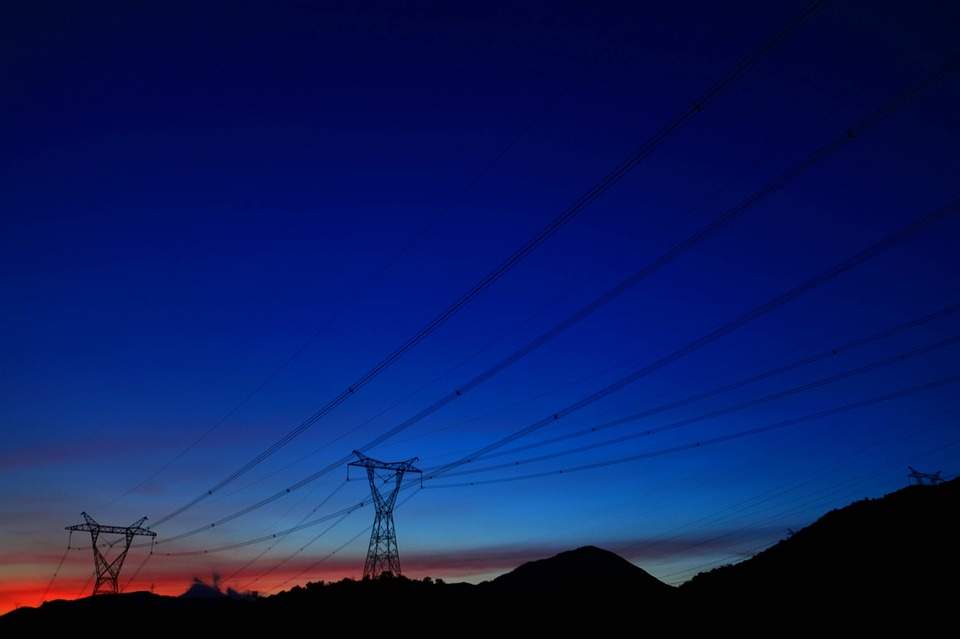The global transmission line market grew from $12.3bn in 2008 to $32.1bn in 2014. During 2020–2025, reflecting in part China’s large scale addition of UHT lines, the market size is estimated to soar from $37.6bn in 2020 to $78.1bn in 2025, according to GlobalData , a leading data and analytics company.
The electricity transmission market is currently undergoing a major change with countries in pursuit of better efficiencies and more suitability for wheeling renewable energy. Several countries are upgrading their transmission lines to higher voltages in order to reduce transmission losses. Technological changes and upgrades are also being made to make the transmission systems more stable against the intermittent nature of renewable energy sources. Besides, the advent of net metering for solar homes and coordinated charging of electric vehicles is pushing utilities to align their new infrastructure with the possibility of bi-directional flow of electricity. Increasing renewable power capacity has also increased the need for countries to interconnect their transmission systems in order to balance generation and demand through export and import of electricity. This in turn has pushed the construction of higher capacity interconnection lines.
The global transmission line length has increased steadily during 2007–2017, and is estimated to continue to grow at a similar CAGR during 2018–2025. The following figure and table show the length of transmission lines globally during 2007–2025.
The company’s latest report Transmission and Distribution (T&D) Market – Infrastructure, Upcoming Projects, Investments, Key Operators, and Key Country Analysis to 2025 reveals that, China is the global leader in terms of transmission line length in 2017.
China and the US are first and second in terms of transmission length, although the US is a distant second with about half the total line length as China. India, however, despite lagging far behind the US in terms of capacity, has a cumulative transmission line length of 579,100Ckm, on a par with that of the US. All other countries among the top 20 had less than 200Ckm of transmission lines each.
Figure 1: Transmission infrastructure, global, top countries by length, 2017


US Tariffs are shifting - will you react or anticipate?
Don’t let policy changes catch you off guard. Stay proactive with real-time data and expert analysis.
By GlobalData| Source: GlobalData Power Database [Accessed on March 16, 2018] |
The report also finds that, the distribution line market is also currently witnessing rapid transformation in several countries either in terms of volume or advancement in technology. The combined length of all distribution lines in the world added up to 46,842Ckm in 2007 and increased to 57,813Ckm in 2017, growing at a CAGR of 2.1%. During 2018–2025, it is estimated to grow at a lower CAGR of 0.9% to reach 67,996Ckm in 2025. The following figure and table show the combined distribution network length globally during 2007–2025.
In developing countries, the growth in the market is brought about by the expansion of their respective grids to provide electricity to all parts of the countries. In developed countries where there is universal access to electricity, the growth of the distribution market is in terms of upgradation of these lines with advanced technologies. In the latter, distribution utilities that would previously only connect generation sources to consumption points are now turning into electricity aggregators sourcing electricity not only from large generating stations, but also from distributed sources including homes, and matching it with the demand using technology. It is in these countries that the use of electric vehicles is steadily increasing, and distribution companies are creating new avenues of business by providing the requisite infrastructure along with the existing network.
Figure 2: Distribution infrastructure, global, top countries by length, 2017

| Source: GlobalData Power Database [Accessed on March 16, 2018]
Note: China is not included in this figure due to insufficient data. |




